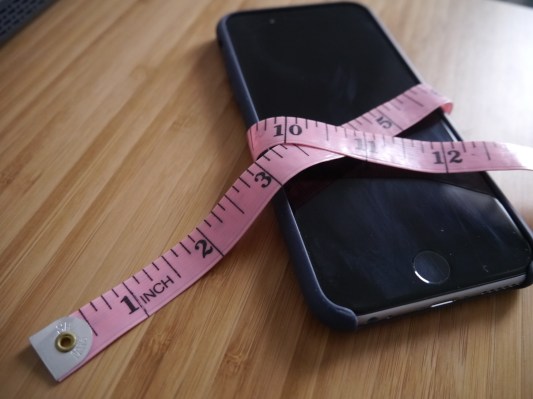Worldwide sales of smartphones declined year over year, from Q1 2015 to Q1 2016, according to figures from analyst Strategy Analytics, which it says is the first time in the history of what it dubs the “modern smartphone market” that this has occurred. (It pegs this era as starting in 1996, the year BlackBerry released its first device.)
The analyst calculates global smartphone shipments fell 3 per cent annually to reach 334.6 million units in Q1 this year, down from 345 million in Q1 2015. It blames the contracting market on “increased penetration maturity” in major markets such as China, along with general consumer caution about the future of the global economy.
Last year analysts warned of slowing growth in China, which has been the smartphone’s market’s growth engine in recent years. Sales in the Q4 2015 holiday quarter did nothing to alleviate the sense that smartphone winter was coming; Gartner’s figures for that quarter pegged growth rates at their slowest since 2008. So a shrinking smartphone market has been on the cards for some time.
This week iPhone maker Apple took a huge hit to its valuation after it reported its second quarter results — including a drop in its revenue for the first time in 13 years and a down quarter year-over-year for iPhone sales (the main revenue engine of its business). iPhone sales in Q2 2016 were 51.2 million, down from 61.2 million in the year ago quarter — a 16 per cent YOY drop. (In Cupertino’s prior quarter it also missed expectations for iPhone sales.)
World number one smartphone maker Samsung also saw its device sales drop, year over year, but by a lesser amount. Strategy Analytics pegs its drop at 4 per cent (with 79 million smartphones sold in Q1 2016), and says the new Galaxy S7 flagship and popular J series models are “helping to hold steady its smartphone leadership”. The Korean mobile maker this week posted strong Q1 results, thanks to sales of the S7 and S7 Edge.
Strategy Analytics’ Neil Mawston describes Apple’s global smartphone marketshare as having “softened” in the past year, from 18 per cent to 15 per cent, adding that: “Apple is facing iPhone fatigue and pressure is mounting for Apple to innovate a new wow design beyond its standard rectangle form-factor.” Although quite what alternative form-factor could work for smartphones, given that pretty much all popular handsets are a rectangular slab — including Samsung’s flagships — remains to be seen.
Elsewhere, third placed handset maker Huawei grew share year over year, taking an 8 per cent share in Q1 2016, up from 5 per cent a year ago. Strategy Analytics pegs its annual growth rate at 64 per cent, with 28.3 million smartphones shipped worldwide in the quarter.
Also growing: Chinese phone maker Oppo, which moved into fourth place — shipping 15.5 million smartphones in Q1 this year to take a 5 per cent global share.
China’s Xiaomi is having a tougher time, though, with the analyst charting a small sales decline in Q1, year over year, from 14.9 million to 14.6 million. Xiaomi maintained fifth place in the global smartphone sales rankings but the analyst said it remains under pressure on its own turf from Asian brands including Oppo and Vivo — and remains “very weak” in North America and Western Europe.
